Natural Religion
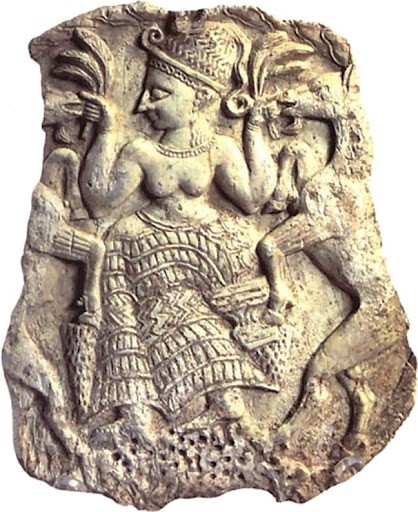
Most of what the world currently regard as ‘religions’ are actually cults. Cults are defined as being based on the existence of an actual human person, living or dead.
‘Religions’ are defined as belief systems based on abstract principles, values or ideas, which makes witchcraft, shamanistic belief, most forms of Paganism, Animism, Pantheism, Goddess reverence and most forms of mysticism actual religions. Zoroastrianism remains focused on supposedly historical Zoroaster as Ahura Mazda’s prophet, just as Islam is focused on Mohamed as Allah’s — putatively once-living human people, and exclusively men. The ‘prophets’ of the Abrahamic Stem begin with Zoroaster, who is theorized to have ‘begat’ the whole shebang as an ideological construct — a logical justification for the absolute rule of the emperor, primarily an intellectual exercise and duty he rendered for his king in his role as vizier.
Conventional (Conservative and Orthodox) Judaism is focused on the Old Testament and Torah documents of the patriarchs and prophets, Moses, Isaiah, Ezekiel and other theoretically historical personages who ‘channeled’ God and supposedly authored patricist documents that are much more likely to have been authored by the so-called ‘Priestly J-School’ (the Levite priestly caste to which Moses belonged).
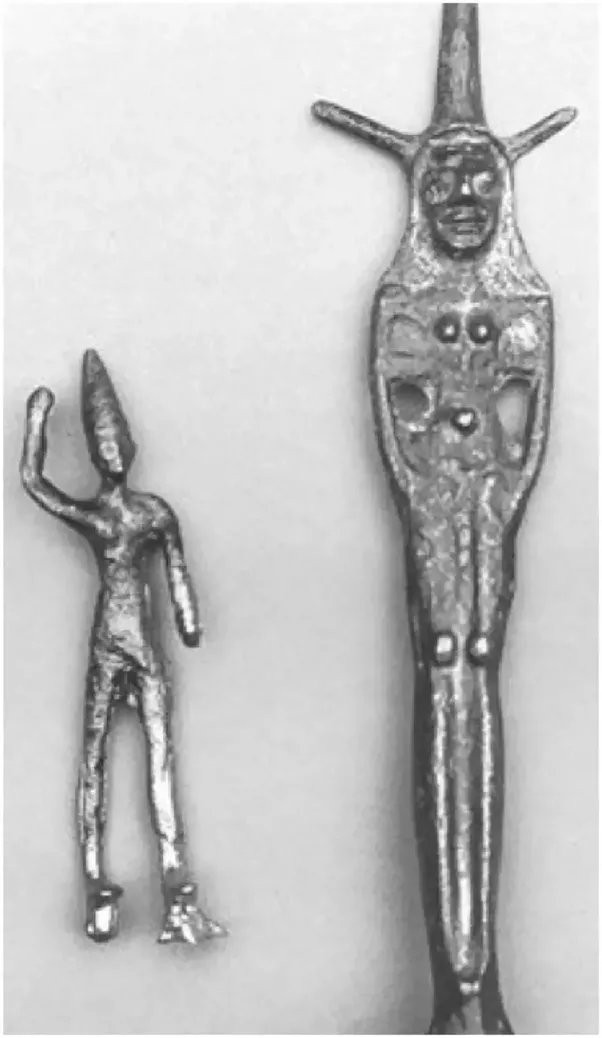
These books of ‘scripture’ mainly consist of violently misogynistic and polluted-’Other’-condemning purity and pollution diatribes. Vitriolic condemnations for the most part, they currently form influential parts of the Old Testament and Torah. This has more to do with the comparatively small significance of the male consorts of the Great Goddess (or ‘Whore of Babylon’ in biblical patriarchs’ parlance), as compared to the Divine Child and the Goddess Herself. In time, the male consort shifts from being Ba’al to Yahweh, the god of the herds, storms, war and mountaintops; the male and female aspects of the divinity alternate in significance, and in the retained books of the Old Testament, the relationship is either referred to as the proprietory “Yahweh and His Asherah,’ or pejoratively.
The harvest festivals for the Asherah and Tammuz, that the biblical patriarchs decried, involved a popular festival of gratitude, with small cakes venerated as the ‘body of the god,’ and barley beer and wine venerated as the ‘blood of the god.’ These types of rituals are commonly known across cultures as theophagia (“god-eating”), and long predate the Christian Eucharist. Such celebrations and ceremonies were castigated by Old Testament patriarchs, including, most vociferously, Jeremiah, who reserved his spleen for the Jews living in Egypt. This branch of the Jewish community continued to celebrate the old ways, including the harvest festivals for the Queen of Heaven (a composite celestial Goddess Mother, who combined Astarte, Ishtar, Isis, Ashtoreth and The Asherah (The Tree of Life).
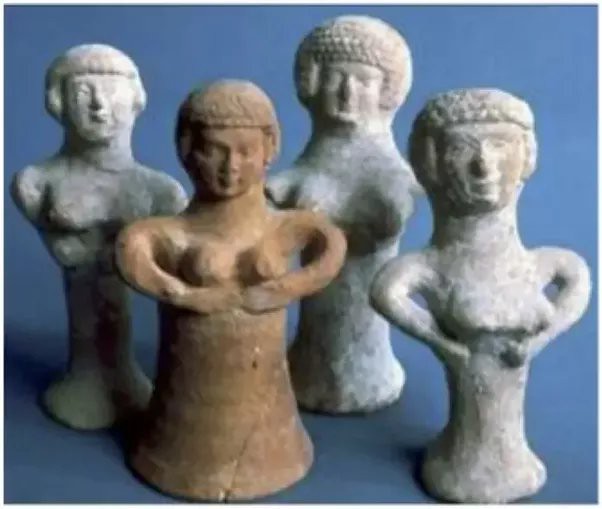
‘…a great assembly — along with all the people living in the land of Egypt and in Pathros, said to Jeremiah, “As for the word you have spoken to us in the name of the LORD, we will not listen to you! Instead, we will do everything we vowed to do: We will burn incense to the Queen of Heaven and offer drink offerings to her, just as we, our fathers, our kings, and our officials did in the cities of Judah and in the streets of Jerusalem.
‘At that time we had plenty of food and good things, and we saw no disaster. 1But from the time we stopped burning incense to the Queen of Heaven and pouring out drink offerings to her, we have lacked everything and have been perishing by sword and famine.”…’ ~ Jeremiah 44:15–19.
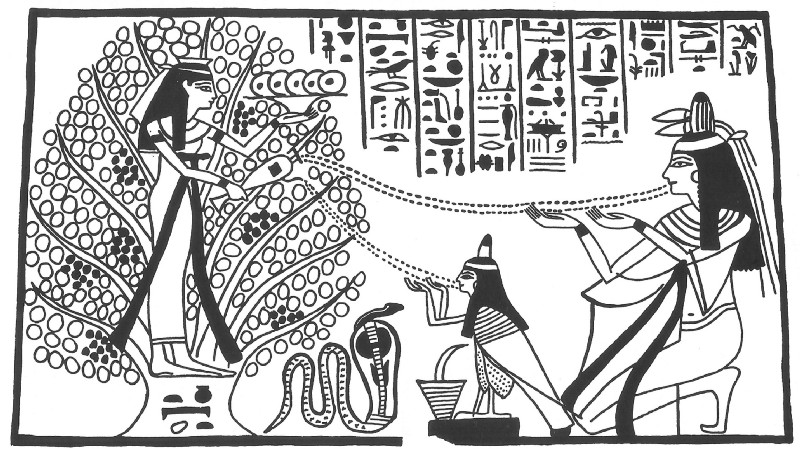
The messianic saviour deities of the ancient Pagan Goddess-revering religions were ideational concepts — primarily representing and personifying the seasons and the harvests. Tammuz, Damuzi, Attis, Arthur, Mithras, were deified thought-forms — Divine Sons, what called Robert graves called ‘Year Kings’ and Joseph Campbell called ‘Star Sons’ (they are identified with particular stars and constellations) — and their hero stories and wonder tales were understood to be just that. The early Hebrew religious belief system was focused on the ‘Year King,’ Tamuz/Damuzi, as the personified deification of the growing crop and the harvest, the Divine Child of the Great Goddess and Tree of Life, called The Asherah. She is cognate with Astarte/Ashtoreth/Ishtar and Isis of the surrounding Canaanite peoples and Egyptian conquerors of the Levant.
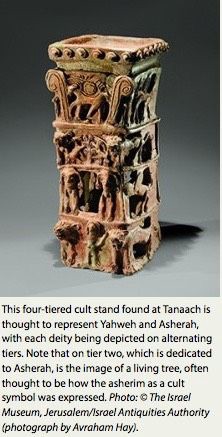
Like Osiris, Tammuz was conceived of as the barley and the grain, harvested, celebrated as the sacrifice and ‘saviour’ (who dies, that others may live). He is sacrificed (‘made holy’) and felled as the harvest; he’s then buried (his body, as the seed grain), and resurrected as the new crop in the growing season. From the coffin text (‘Book of the Dead’) liturgy of Osiris:
‘Whether I live or die I am Osiris,
‘I enter in and reappear through you,
I decay in you, I grow in you, I fall down in you,
I fall upon my side.
‘The gods are living in me
for I live and grow in the corn
that sustains the Honoured Ones.
‘ cover the earth, though I am cut down I rise again
Whether I live or die I rise again For I am Barley.
I am not destroyed.
‘I have entered the Order, I rely upon the Order
I become Master of the Order, I emerge in the Order,
I make my form distinct, I am the Lord — of the Granary
‘I have entered into the Order,
I have reached its limits.’
The Asherah is referred to thirteen times in the Old Testament of the conventional Bible. A comprehensive compendium of these references in included in the 1991 article by Ruth Hestrin: http://cojs.org/understanding_asherah-exploring_semitic_iconography-_ruth_hestrin-_bar_17-05-_sep-oct_1991/
“Going back in time, instead of forward, we find references to Asherah in numerous pre-Biblical Near Eastern texts, both in Egypt and Syria-Palestine. The best known are the tablets from ancient Ugarit (modern Ras Shamra) on the Mediterranean coast of modern Syria. The Ugaritic tablets, written in a cuneiform alphabetic script, date to the 14th or 13th century B.C.E. and provide our greatest source of evidence for pre-Israelite Canaanite religion. These tablets describe the relations between the Canaanite gods, their rivalries, their heroic and pedestrian deeds and their wars. Asherah is called Athirat in these texts, and she appears frequently as the consort of El, the chief god of the Canaanite pantheon in the second millennium B.C.E. She is also referred to as ’Elat (’lt), the feminine form of El, a name obviously appropriate for the consort of El.” (Ruth Hestrin, 1991)
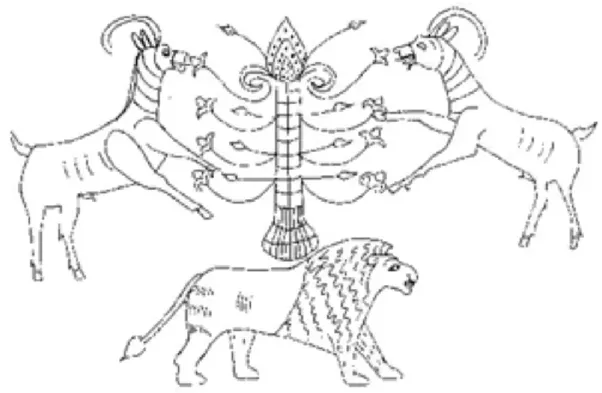
Kore/Persephone was the Divine Daughter of Demeter/Ceres, of the Greco-Roman pantheons, whose role was also messianic in that she personified the return of spring, fertility, the flowering of life, abundance and the new harvest. She was brought forth, out of the frozen winter of death, or Hades, every spring, to revitalize the Earth. The Eleusinian Rites commemorated this Mystery and miracle of rebirth, each year. Not at all glamorous, the Eleusinian Mysteries had mostly to do with the conservation and fertilization of the seed grain for planting. The Mysteries were conducted by the priestesses of the great temples, which were the first granaries and also served as food banks in times of personal or collective hardship.
Our ancient and prehistoric ancestors were actually very sophisticated in their spiritual conceptualizations.
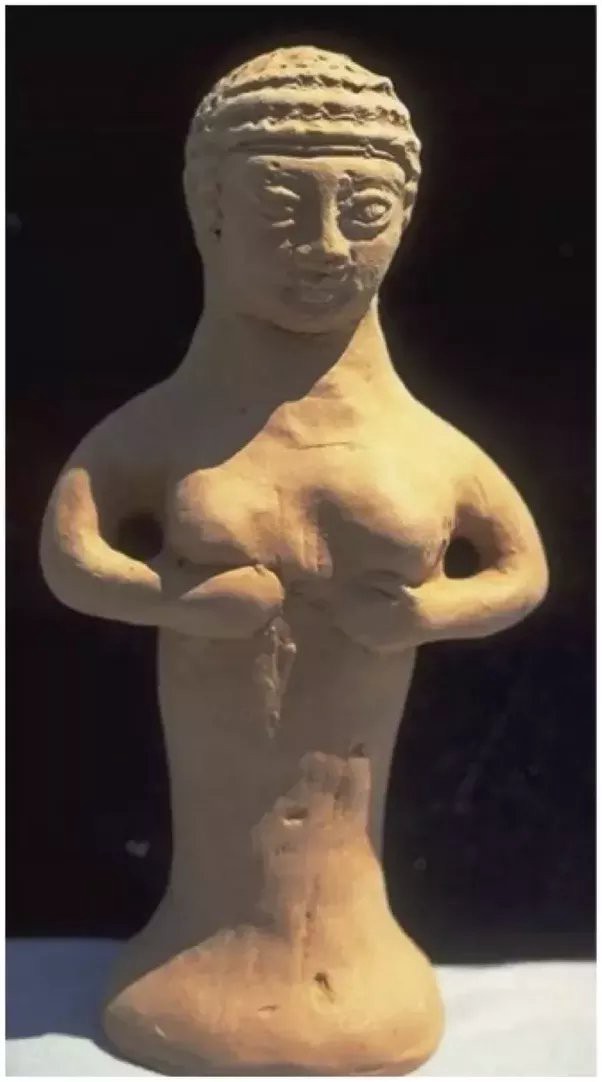
…I decay in you, I grow in you, I fall down in you,
I fall upon my side.
‘The gods are living in me
for I live and grow in the corn
that sustains the Honoured Ones.
I cover the earth, though I am cut down I rise again
Whether I live or die I rise again For I am Barley.
I am not destroyed.